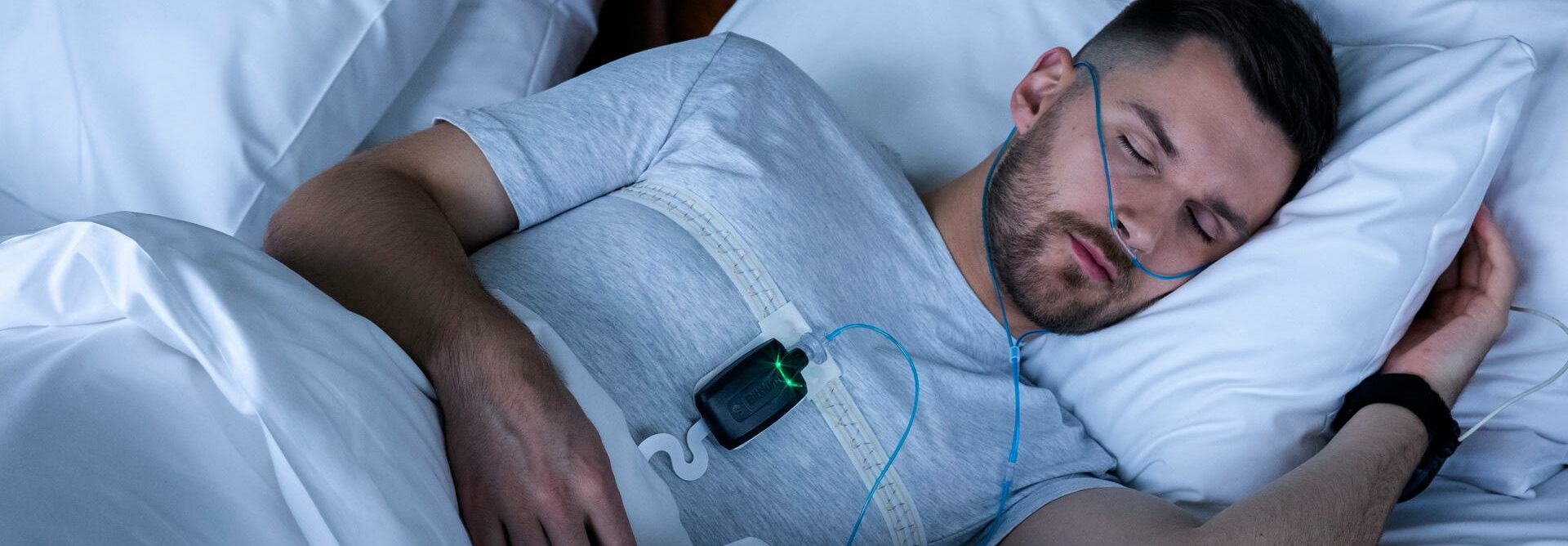
You may think you sleep well. But your partner hears gasps, chokes, or pauses. You deny it, confused. You don’t remember waking. You feel tired, but who doesn’t? What seems normal might not be. Obstructive sleep apnea often hides behind ordinary snoring. It’s not the sound—it’s the silence that follows. That silence is the body’s warning.
You may notice the fatigue before understanding what’s causing it each morning
Waking up with headaches. Feeling unrefreshed despite hours in bed. Struggling to focus by noon. These aren’t isolated signs. They often point to fragmented sleep. Sleep apnea breaks cycles invisibly. You lie still, unaware your body’s working too hard to breathe. It’s not just poor rest—it’s survival in effort mode, all night long.
Weight changes, neck size, and nasal structure can quietly shape your risk
Not all sleep apnea cases look alike. Some are driven by weight gain. Others by genetics. Large tonsils, narrow airways, nasal congestion—all play a role. Even minor anatomical quirks shift airflow. Risk builds in silence. Pulmonologists or ENTs look beyond lifestyle. They examine structure. They measure what you’ve never questioned.
Sleep studies don’t only measure sleep—they capture how often your body asks for oxygen
You’ll be wired. You’ll feel awkward. But the test reveals what you can’t remember. Apnea episodes. Oxygen dips. Heart rate spikes. Whether you enter deep sleep—or stay shallow all night. Home tests exist, but full labs offer precision. This isn’t about comfort. It’s about catching what your brain forgets.
Not every pause in breathing is the same, and classification changes everything
Obstructive. Central. Complex. These types respond differently. Obstructive means your throat collapses. Central means your brain skips sending the signal. Complex includes both. That difference matters. CPAP helps some. Others need adaptive pressure or additional monitoring. Without knowing the type, treatment guesses. With it, care aligns with cause.
Mild sleep apnea may still damage systems you don’t associate with sleep
You may think only severe apnea needs treatment. But even mild cases stress the heart. Raise blood pressure. Alter blood sugar control. Cognitive fog grows slowly. Irritability sneaks in. These aren’t just symptoms—they’re consequences. Under-treated apnea doesn’t just affect sleep—it reshapes systems quietly.
CPAP isn’t the end of the journey—it’s often the beginning of learning your pattern
The mask looks intimidating. The air feels strong. But it keeps your airway open. CPAP isn’t just a machine—it’s a stabilizer. It prevents collapse. Yet, not everyone adapts easily. Masks must fit. Pressure needs tuning. Side effects need troubleshooting. Adherence requires guidance, not just equipment.
Some patients benefit from alternative therapies when CPAP doesn’t fit their lives
Mandibular devices shift the jaw. Keep airways open without machines. They’re dentist-fitted and work best for mild apnea. Positional therapy stops back-sleeping. Weight loss reduces obstruction. Nasal surgery, for some, removes blockage. Not every case needs CPAP. Pulmonologists assess all variables before locking in one plan.
Lifestyle shifts may not cure sleep apnea, but they support every form of management
Weight reduction can ease symptoms. Quitting alcohol improves airway tone. Managing allergies improves nasal flow. Avoiding sedatives prevents deeper obstruction. These aren’t cures. But they add support. When combined with therapy, they stabilize results. When ignored, they undo progress. Management needs more than machines—it needs consistency.
Monitoring over time shows whether treatment is still doing what it’s supposed to
Sleep apnea doesn’t freeze in place. Bodies change. Weight shifts. Aging tightens tissues. What worked last year might falter now. Follow-ups matter. CPAP data shows usage, leaks, effectiveness. Oral devices need checking. Repeat sleep studies may be required. Treatment isn’t static. It adjusts with you—or it risks failing silently.
Untreated cases often reach systems far beyond fatigue or snoring
Sleep apnea raises stroke risk. Increases atrial fibrillation. Slows metabolism. Worsens depression. These aren’t mild effects. They unfold slowly. A tired driver becomes a risk. A foggy morning turns into lost productivity. These aren’t inconveniences—they’re signs. They don’t shout. But they don’t stop, either.
Children with sleep apnea often show signs completely different from adults
Behavior issues. Bedwetting. Poor growth. Hyperactivity. These confuse parents. But enlarged adenoids or tonsils may be involved. Pediatric sleep apnea isn’t rare—it’s often missed. Diagnosis changes lives. Tonsillectomy can be curative. CPAP is rare in kids. But recognition comes first. Not every restless child is anxious. Some are struggling to breathe.
Sleep apnea intersects with other conditions more often than we assume
Diabetes. Heart failure. GERD. PCOS. They all link with apnea. Sometimes apnea worsens the disease. Sometimes it stems from it. Pulmonologists look for these loops. They don’t isolate apnea—they integrate it. Treatment overlaps. Management evolves. That’s why a full picture matters more than isolated symptoms.
Travel, illness, and stress often trigger flare-ups even after treatment begins
You manage well for months. Then you travel. Or catch a cold. Or go through a divorce. Apnea flares. Sleep regresses. You blame stress. But flares reveal sensitivity. That’s not failure—it’s feedback. Treatment may need a boost, a reset, a retitration. Sleep isn’t static. Neither is apnea.
The real impact of treatment is how it changes your life without you noticing
You wake clearer. Coffee isn’t essential. Blood pressure dips. Your mood levels. Memory returns. These gains unfold slowly. You may not realize their connection to treatment. But pulmonologists watch for them. They know the timeline. They don’t wait for applause—they listen for quiet returns to normal.
Source: Pulmonology in Dubai / Pulmonology in Abu Dhabi
